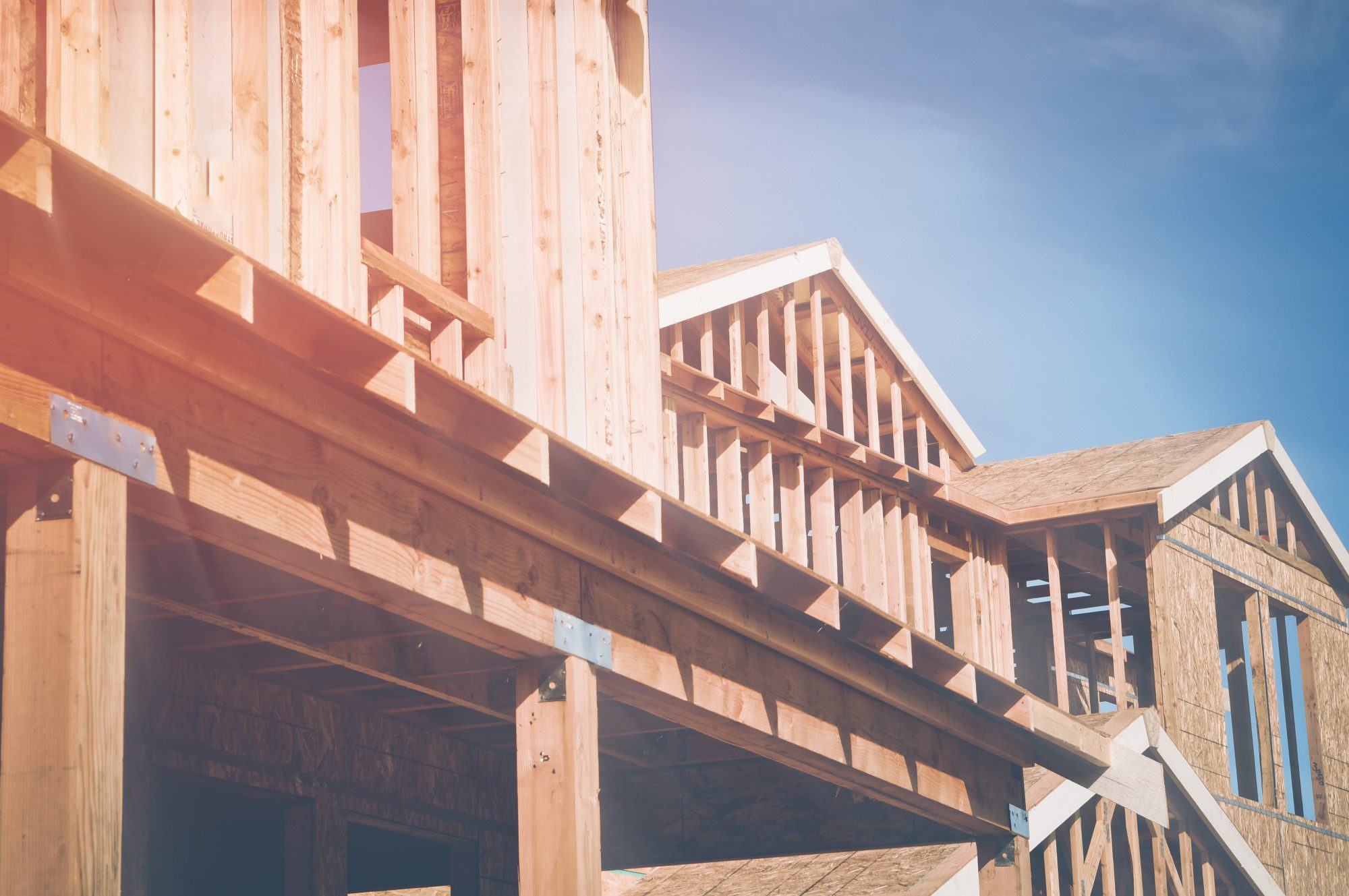Metal roofing has gained popularity in recent years as a durable and long-lasting option for homeowners. When installing or repairing metal roofing, it is advisable to employ experienced professionals such as Gold Star Roofing, who are acquainted with the unique requirements of metal roofing systems, ensuring that the installation is done correctly and efficiently to maximize the roof’s lifespan and its eco-friendliness. Nevertheless, its environmental impact remains a subject of discussion. We will delve into the question: Is metal roofing eco-friendly? We will investigate the sustainability elements of metal roofing materials, implicating their production, longevity, energy efficiency, recyclability, and environmental impact.
Sustainability elements of metal roofing materials
1. Sustainable Production of Metal Roofing
One of the key factors in determining the eco-friendliness of any building material is its production process. Metal roofing materials, such as steel and aluminum, can be manufactured in an environmentally responsible manner. Many metal roofing manufacturers use recycled materials, reducing the demand for virgin resources. Additionally, advances in production technology have led to more efficient use of energy and reduced emissions during the manufacturing process. Steel, in particular, can be recycled indefinitely without losing its properties. This recyclability contributes to the sustainability of metal roofing, as it lessens the need for new raw materials and minimizes the environmental impact associated with mining and extraction.
2. Longevity and Durability of Metal Roofing
The longevity and durability of a roofing material are essential factors in its overall sustainability. Metal roofs are renowned for their long lifespan, often lasting 50 years or more with proper maintenance. This longevity reduces the frequency of roof replacements, which can be resource-intensive and generate significant waste. Moreover, metal roofing materials resist common roofing issues such as rot, mold, and insect infestations. Their ability to withstand severe weather conditions, including wind, hail, and heavy snow, further adds to their sustainability by reducing the need for repairs and replacements.
3. Energy Efficiency of Metal Roofing
Another aspect of metal roofing’s eco-friendliness is its potential for energy efficiency. Metal roofs are known for their ability to reflect solar radiation, reducing heat absorption and the associated cooling costs during hot summer months. This reflective quality can lower energy consumption and greenhouse gas emissions over the roof’s life. Furthermore, some metal roofing systems can be installed with air gaps or insulation layers, improving thermal performance and reducing heat transfer into the building. This enhanced insulation can reduce heating and cooling energy requirements, making metal roofing an environmentally responsible choice for homeowners seeking energy-efficient solutions.
4. Recyclability of Metal Roofing
The recyclability of metal roofing materials is a significant factor in their eco-friendliness. When a metal roof reaches the end of its lifespan, it can be fully recycled, unlike many other roofing materials, such as asphalt shingles, which often end up in landfills. Recycling metal roofing not only conserves resources but also reduces the environmental impact linked with waste disposal. The recycling process itself consumes less energy compared to producing new metal from raw materials, making it a more sustainable option.
5. Reduced Environmental Impact
Metal roofing also offers benefits in terms of reduced environmental impact throughout its life cycle. For instance, the lightweight nature of metal roofing materials requires less structural support, which can reduce material usage during construction and lower transportation costs. Additionally, the low maintenance requirements of metal roofs mean fewer resources are needed for upkeep over the roof’s lifetime. This minimizes the use of chemicals and other materials typically associated with roof maintenance and repairs, further contributing to the eco-friendliness of metal roofing.
6. Potential Drawbacks
While metal roofing has several eco-friendly advantages, it’s essential to consider potential drawbacks and challenges. For instance, the production of some metal roofing materials may involve the extraction of raw materials, which can have environmental consequences if not managed sustainably. Furthermore, the energy efficiency of metal roofing can pivot depending on elements such as the color and coating of the metal, so it’s paramount to choose energy-efficient options when selecting a metal roof. Additionally, some homeowners may have concerns about the noise generated by rain or hail on a metal roof. However, proper insulation and underlayment can mitigate these concerns.
Metal roofing materials offer several eco-friendly advantages that make them a sustainable choice for homeowners. From their sustainable production methods and recyclability to their long lifespan and energy-efficient properties, metal roofs contribute positively to environmental conservation. While there are potential drawbacks and considerations, such as the sourcing of raw materials and color choices, these can be mitigated through responsible manufacturing practices and informed decision-making. Overall, metal roofing stands as a promising option for those seeking roofing solutions that prioritize environmental sustainability without compromising on durability and longevity.






